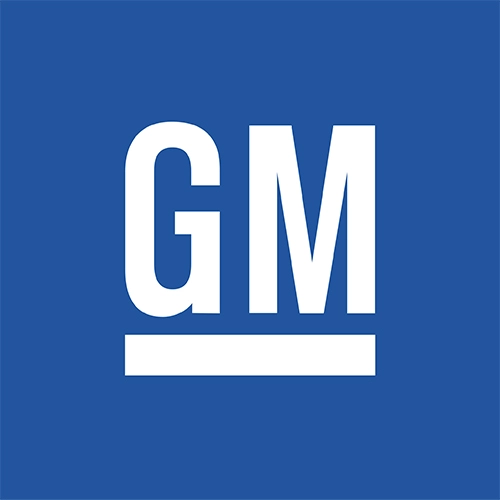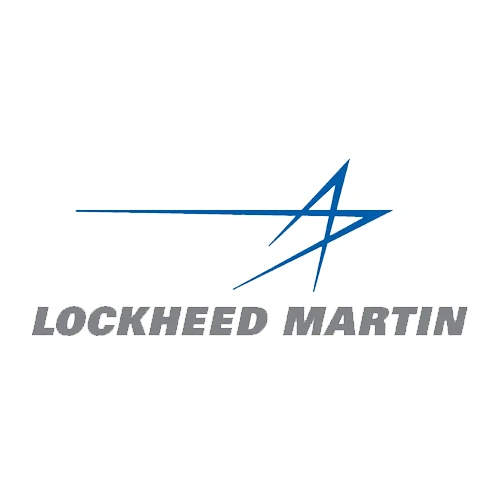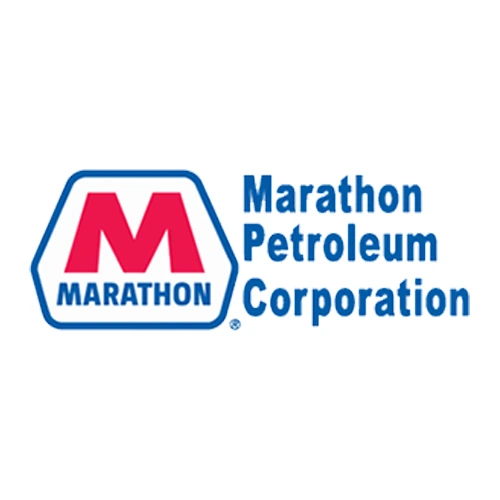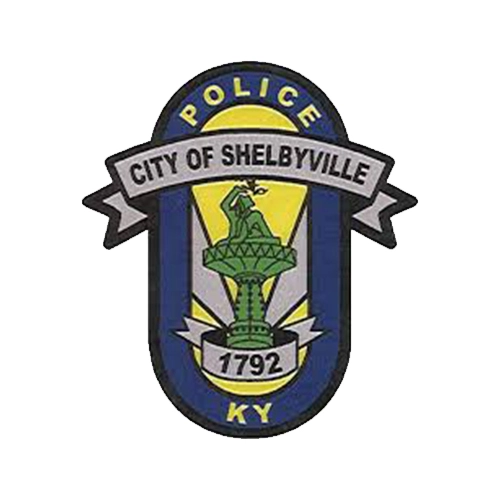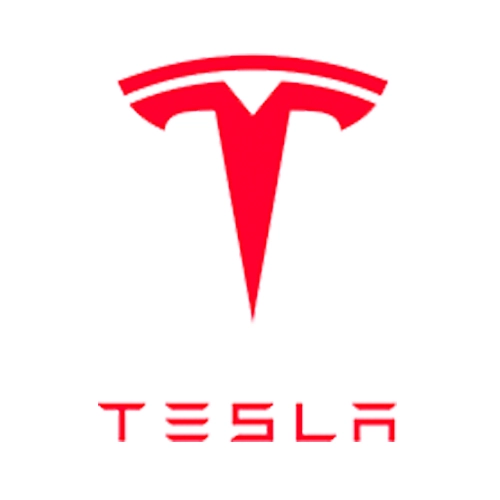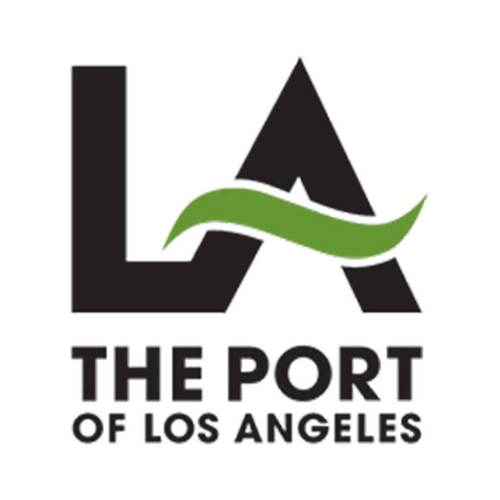
THE TOP FIVE OBJECTIVES OF SPEED SIGN RADAR
In the pursuit of enhancing road safety, speed sign radar has emerged as a powerful tool to curb speeding and prevent accidents. These radar systems, integrated into speed limit signs, serve multiple essential objectives that contribute to creating safer road environments for drivers, pedestrians, and communities. In this blog, we will explore five key objectives of speed sign radar and its significance in promoting responsible driving habits.
Accurate Speed Detection
Speed sign radar’s primary objective is to quickly and correctly gauge the speed of approaching cars. Standard speed limit signs rely only on motorists to self-regulate their speed within the specified limitations. On the other hand, human mistakes, distractions, or a lack of awareness might result in accidental speeding, harming lives on the road. Radar technology provides accurate speed measurement, guaranteeing that motorists get quick feedback on their current speed and motivating them to adhere to prescribed limits. For maintaining traffic flow and avoiding dangerous situations, speed detection accuracy is crucial. Doppler radar and LIDAR (Light Detection and Ranging) are two examples of the technology used by speed sign radar to determine the speed of approaching cars. The radar system can display the proper speed restriction using this real-time data and warn cars when they are going above it.
Immediate Feedback for Drivers
Drivers receive instant feedback regarding their speed through the speed sign radar. Cognitive reactions are elicited when drivers are given real-time information about their current speed and the posted limit. Drivers are gently reminded to evaluate their driving behavior and make any necessary improvements through this rapid feedback. Numerous studies have demonstrated that such feedback encourages drivers to reduce their speed and voluntarily follow speed limits, considerably lowering the possibility of accidents brought on by excessive driving. Speed sign radar assists in the development of responsible road users who actively prioritize street safety by increasing self-awareness among drivers.
Dynamic Speed Adjustments
Road conditions are rarely static, and speed restrictions must change depending on a range of variables, including the weather, the amount of traffic, and roadworks. Based on real-time data, speed sign radar permits dynamic adjustments of the displayed speed limits. For example, the radar system might reduce the speed limit when there is heavy rain or traffic to ensure safer driving conditions. This versatility guarantees that drivers are always aware of the ideal pace for the surrounding circumstances. Speed sign radar increases overall road safety by encouraging drivers to match their speed with the current conditions by displaying context-aware speed limits. Dynamic speed modifications are also beneficial, particularly in pedestrian-heavy regions like school zones. Speed sign radar can lower the posted speed limit during school hours or events, putting pedestrian and student safety first.
Data Collection and Traffic Analysis
Another crucial objective of speed sign radar is to gather useful traffic data for the study. For the benefit of traffic management authorities and policymakers, this technology collects speed statistics and traffic patterns. Officials may identify accident-prone regions, make educated decisions about safety measures, and improve road safety through focused actions by analyzing this data. The information also aids in traffic studies, enabling evidence-based strategies that take into account the particular requirements of various road networks and communities.
Instilling Responsible Driving Habits
One of the most important objectives of speed sign radar is probably to teach drivers sound driving practices. Drivers are more likely to become cautious drivers when they receive quick feedback about their speed and see the connection between their actions and traffic safety. Drivers who internalize the value of driving under the speed limit help foster a culture of safe driving and respect for one another on the road. This widespread change in driving habits may have a cascading effect, encouraging other people to develop similar cautious driving behaviors and lowering the overall rate of traffic accidents.
Conclusion
Speed sign radar is a vital tool in enhancing road safety and reducing accidents caused by speeding. It accurately detects vehicle speed, provides immediate feedback to drivers, and enables dynamic speed adjustments, shaping responsible driving behavior. Valuable traffic data collected through speed sign radar aids authorities in making data-driven decisions to improve road safety measures. Advancing its capabilities brings us closer to the ultimate goal of safer roads and communities by encouraging responsible driving habits and fostering a culture of safety for happier journeys.
FAQ’s
Q.1 What is speed sign radar?
Ans: Speed sign radar is a technology integrated into speed limit signs that accurately detects and displays the speed of passing vehicles in real-time.
Q.2 How does speed sign radar work?
Ans: Speed sign radar uses technologies like Doppler radar or LIDAR to calculate the speed of approaching vehicles by measuring the frequency shift of reflected waves.
Q.3 What are the main objectives of speed sign radar?
Ans: The primary objectives of speed sign radar are accurate speed detection, providing immediate feedback to drivers, dynamic speed adjustments, data collection for analysis, and instilling responsible driving habits.
Q.4 How does speed sign radar help improve road safety?
Ans: Speed sign radar helps improve road safety by encouraging drivers to comply with speed limits, promoting responsible driving behavior, and enabling targeted interventions in accident-prone areas.
Q.5 What data does speed sign radar collect?
Ans: Speed sign radar collects speed statistics and traffic patterns of passing vehicles, which provides valuable insights for traffic management authorities and policymakers to enhance road safety measures.
Q.6 What technologies are used in speed sign radar?
Ans: Speed sign radar employs technologies like Doppler radar and LIDAR to accurately measure the speed of vehicles approaching the sign and provide real-time feedback to drivers.











